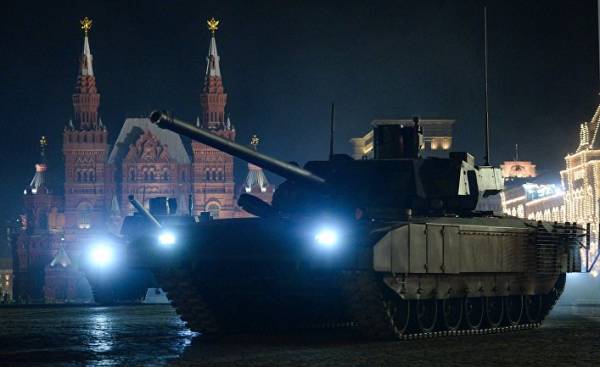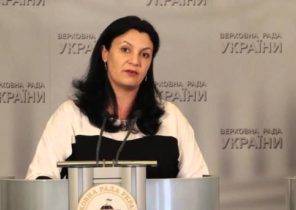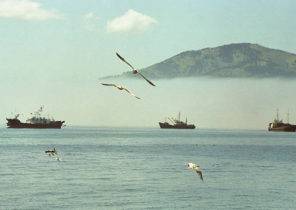
The new Russian tank T-14 “Armata” had an active protection system (KAZ), which has created problems for a whole generation of anti-tank weapons, including, for guided missiles American production Javelin, which is used in the Norwegian army.
This says Brigadier Ben Barry (Ben Barry) of London’s International Institute for strategic studies (International Institute for Strategic Studies). According to him, this problem, many NATO countries have begun to do only recently.
KAZ can do the armament anti-tank system less effective but the real debate on this issue in the armies of many Western countries is not conducted, he said.
Some States are conducting research and testing with the intention to equip such a system of active protection of armored vehicles of their own. “But they fail to consider the uncomfortable implications of their own anti-tank systems,” notes Barry.
Norway was one of the first NATO countries to tackle this difficult problem. In its latest plan of military procurement provides for expenditure in the amount of 200-350 million kroons (24-42 million dollars) for the replacement of the Javelin missiles to “maintain the capacity to combat heavy armored equipment.”
There is a need for an anti-tank missile, which is capable to overcome the complex of active protection.
How does KAZ:
1. The opponent makes a shot on the tank.
2. The detection devices detect a threat.
3. Radar tracking station calculates the point of impact.
4. KAZ activates countermeasures.
5. These countermeasures aim is affected.
KAZ was another step in the long struggle of offensive and defensive technologies.
In this struggle the advantages that one or the other side. When knights in armor had no equal and he reigned on the battlefield. But the widespread use of firearms put an end to the superiority of the armored nobility.
Since the Second world war on the battlefield was dominated by a new knight in steel armor — tank.
Of course, it is possible to knock out with guns other tanks. If you have a heavy enough projectile and the gun, fired it with great speed, you will be able to penetrate even the most powerful armor. But tanks are vulnerable to other weapons systems. To cope with them, called the active protection system.
After the Second world war there was a whole family of light portable anti-tank weapons systems. As their transports infantry, they don’t need the speed and mass to pierce tank armor. They need a chemical reaction. The warhead of these systems hit the external armor and the metallic core creates a cumulative jet, which penetrates inside of the machine.
The tank designers are trying to create all kinds of systems against such weapons. This jet panel that when hit they explode out, and additional layers shielded armor where the projectile detonates outside the tank.
KAZ uses a completely new concept. In fact, it’s a tank missile system with radar able to detect approaching enemy missile, and missiles that destroy it or take away from the goal.
Israel has become one of the leaders in this field. KAZ is quite successfully used on the tanks “Merkava” during the last outbreak of hostilities in Gaza.
The Americans carried out the assessment of the Israeli active protection system called Trophy. Leering at them and Britain, and the Dutch have recently decided to equip with systems of Israeli manufacture their infantry fighting vehicles.
Armored vehicles with mounted active protection can withstand different types of weapons, ranging from the ubiquitous Russian/Chinese RPG (antitank grenade launcher) and ending with the more modern anti-tank guided missiles, the Russian Kornet.
But Brigadier Ben Barry notes that because of the emergence in Russia of active protection, there was a lot of questions to NATO anti-tank weapons systems. Norway is taking steps and believes that other NATO countries will have to do the same.







